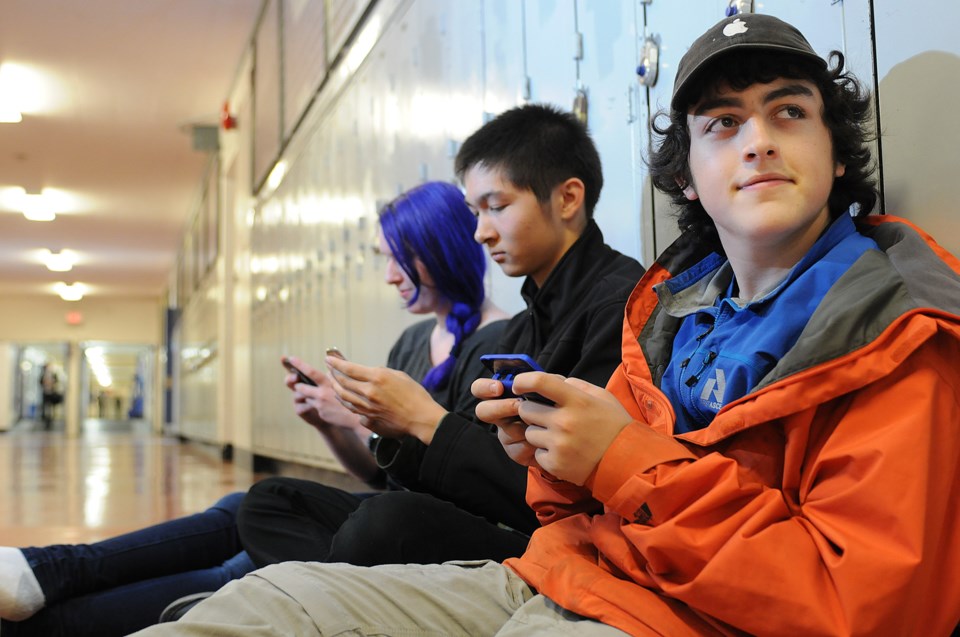A trend flared up last year that saw B.C. students posting negative comments about their schools, teachers and peers on Twitter.
The trend spread to secondary schools that include Vancouver Technical, Magee, Killarney, Kitsilano, Tupper and John Oliver. The pattern was and, in same cases, continues to be tagged to problems at individual schools.
Administrators at JO jumped on the situation. “There was some racial stuff going on there and some talk about individuals that was really hurtful,” said principal Tim McGeer.
JO brought in local social media expert Jesse Miller to hold workshops with student leaders last April to get them thinking and talking to their friends about digital citizenry.
Last week, JO hosted school-wide assemblies and groups where students discussed how they can be kind citizens online.
Student leaders and teachers will synthesize their sentiments to form JO’s digital code of conduct, which will be framed as choices.
McGeer expects they’ll complete and share the code of conduct by mid-October.
“Most of the groups that I worked with found that the same values were important, which were respect and safety,” said student leader David Dobrzanski. “And they also felt that the same value was the least important, which was popularity.”
Administrators will decide on consequences for inappropriate use of social media on a case-by-case basis.
McGeer said Miller highlights for students how “un-private” social media is.
“All kinds of implications in terms of whether it’s scholarships or jobs or police, on and on it goes, and just safety in the community as it relates to bullying,” McGeer said.
Miller had a student text a message to one friend, who forwarded it to another, and so on, with 90 per cent of up to 650 students in one assembly receiving the text within 80 minutes.
Students tweeted during and after the assemblies using the tag #WeAreJO2014 and were followed by the Canucks, the B.C. Lions, people from the University of B.C., the social media director of the Toronto police force and people in London, England, with these followers commenting on students’ posts so teens would see how anyone, anywhere could be tracking their comments.
Miller teaches students there’s a lasting memory to digital media.
“That if you’re in possession of information that could become a firestorm at school tomorrow, that you make a smarter decision with the information you have,” he said. “And whether that’s a photo of a boyfriend or a girlfriend or some text that you got from somebody by accident because they meant to text somebody else, being that person who disseminates information negatively may not bode well for you because you’re going to have to answer to somebody tomorrow.”
Student leader Ben Segall joined his school’s work on social media because he saw how the Twitter handle @JOSSProblems could be used for good. He’s seen students pose valid questions about why the school building’s heat doesn’t seem to be on in the winter while the school sizzles in the summer.
McGeer said he recently started a video log and vowed to respond to a couple of such questions per term on his vlog.
The Vancouver School Board drafted a social media policy last year, but McGeer believes JO is the only school developing a student-led code.
“We have a lot of facility in the digital world at the school,” McGeer said, referring to JO’s Digital Immersion Mini School. “And we don’t have a just say no policy about the use of devices.”
crossi@vancourier.com



